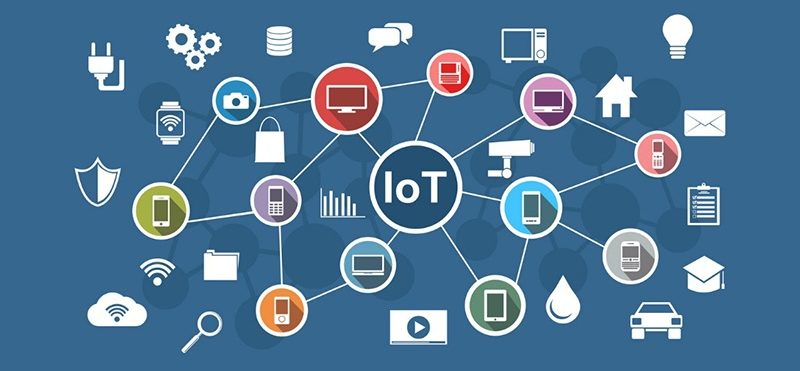Data acquisition is a critical aspect of IoT systems, as it involves capturing, collecting, and processing data from various sensors and devices. Here are some common data acquisition techniques used in IoT:
- Sensor-to-Gateway: In this approach, sensors are directly connected to a gateway device, typically using wired or wireless connections such as USB, Ethernet, Wi-Fi, or Bluetooth. The gateway collects data from the sensors and communicates with the IoT platform or cloud server for further processing and analysis.
- Wireless Sensor Networks (WSNs): WSNs consist of multiple sensors connected wirelessly to a central hub or gateway. The sensors communicate with the hub using protocols like Zigbee, Z-Wave, or Bluetooth Low Energy (BLE). The hub acts as a data aggregator and transmits the collected data to the IoT platform.
- Edge Computing: Edge computing involves processing data at the edge of the network, closer to the data source, rather than sending it to a centralized cloud server. In this approach, sensors are equipped with processing capabilities, allowing data preprocessing, filtering, and analysis at the edge device itself. This reduces latency, conserves bandwidth, and enables real-time decision-making. Edge devices can communicate with the cloud for storage or transmit aggregated data.
- MQTT (Message Queuing Telemetry Transport): MQTT is a lightweight and publish-subscribe messaging protocol commonly used in IoT. Sensors or edge devices publish data to a message broker, and interested subscribers can consume the data. MQTT supports efficient and reliable communication between devices, making it suitable for resource-constrained IoT environments.
- RESTful APIs: Representational State Transfer (REST) is a software architectural style that uses standard HTTP methods (GET, POST, PUT, DELETE) to interact with resources. IoT devices can expose RESTful APIs, allowing other devices or applications to retrieve or send data using HTTP requests. This approach is widely used for IoT data acquisition and integration with web services.
- Time-Series Data Storage: IoT generates a massive amount of time-stamped data. Time-series databases, such as InfluxDB or Prometheus, are optimized for storing and querying time-series data efficiently. These databases provide features like data compression, retention policies, and aggregation functions, making them suitable for storing IoT sensor data.
- Data Preprocessing and Filtering: Raw sensor data often requires preprocessing and filtering before analysis. Techniques like noise reduction, outlier detection, data interpolation, and feature extraction can be applied to improve data quality and reduce noise or irrelevant information.
- Data Compression and Optimization: IoT deployments often deal with limited bandwidth and storage constraints. Data compression techniques, such as lossless or lossy compression algorithms, can be applied to reduce the data size without significant loss of information. This helps in efficient data transmission and storage.
Overall, data acquisition in IoT involves selecting the appropriate communication protocols, designing efficient data collection mechanisms, implementing data preprocessing techniques, and ensuring compatibility between devices and platforms for seamless data integration and analysis.
SHARE
